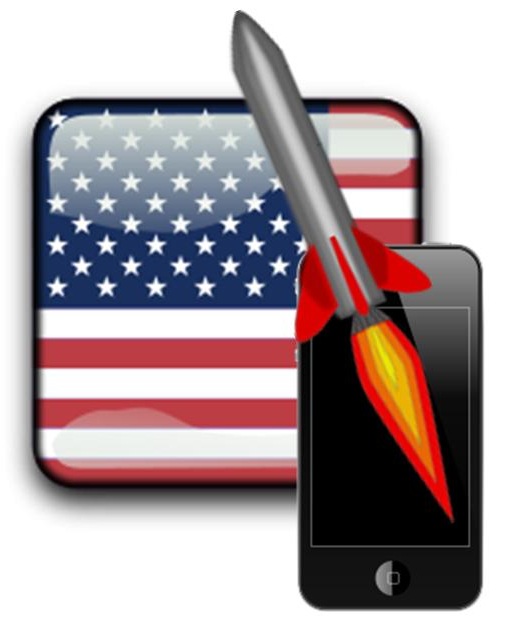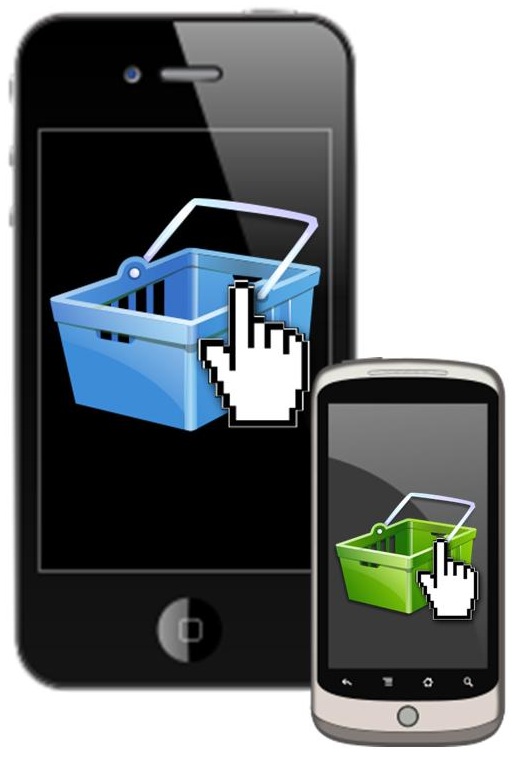 Study highlights growth of mobile commerce in US
Study highlights growth of mobile commerce in US
A new study from eMarketer, a market research and analysis firm, paints a promising future for mobile commerce in the U.S. Consumers throughout the country have been growing more acclimated to the concept of mobile commerce as they become more exposed to it. This exposure is due to the numerous companies and organizations that are pushing to establish dominance in the mobile commerce field, providing these consumers with access to platforms and services that can be used to make mobile payments. The study suggests that mobile commerce will soon account for a significant number of retail sales within the U.S.
Consumers becoming more comfortable with mobile shopping
Mobile commerce has been showing the most growth in the retail industry. Consumers are beginning to use their mobile devices to shop for and purchase products, considering this practice to be significantly more convenient than conventional forms of commerce. As such, the demand for mobile payments services has been on the rise and many retailers have shown their eagerness to oblige.
25% of retail sales will be mobile by 2017
According to the study from eMarketer, mobile sales in will account for 25% of all online retail sales by 2017, more than double that recorded in 2012. The study shows that mobile commerce has grown rapidly since 2012, prompting an 82% increase in mobile sales over that time period. By 2017, mobile commerce is expected to generate more than $108 billion in retail sales, much of which will come during the holiday shopping season.
Mobile commerce services becoming more accommodating to consumers
Mobile commerce is currently experience arise to fame that is similar to that seen in mobile technology itself. As consumers become more familiar with mobile commerce, they are beginning to provide feedback concerning the improvements they wish to see introduced into their favored payment platforms. As such, the companies and organizations investing in mobile commerce are beginning to develop platforms that are more secure and easier to use, attracting even more interest from consumers throughout the country.

 The results of a recent study have indicated that Apple smartphone users shop over applications the most.
The results of a recent study have indicated that Apple smartphone users shop over applications the most.